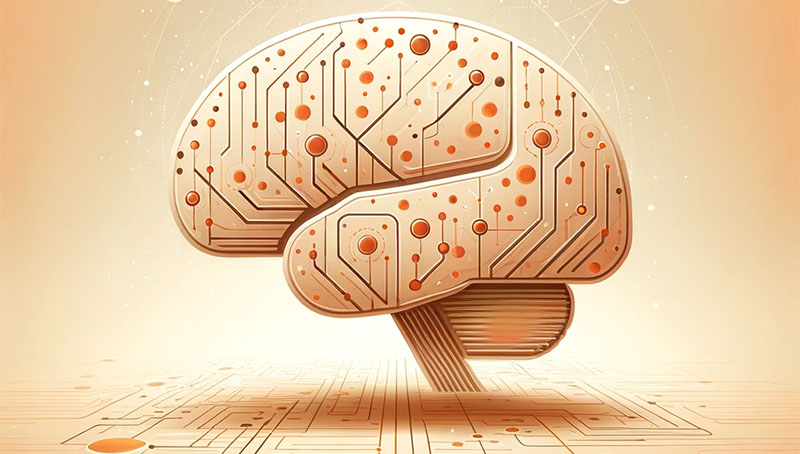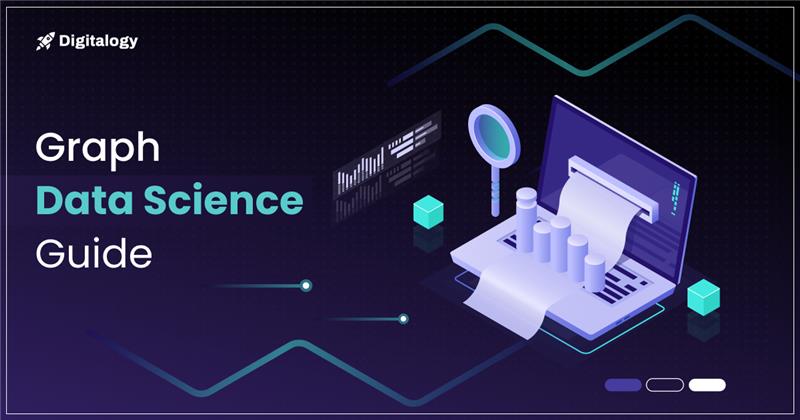Artificial Intelligence has seamlessly integrated into our daily lives. AI’s impact is universal, from virtual assistants like Siri and Alexa simplifying tasks to personalized recommendations on streaming platforms. Explore these 40 compelling examples where AI revolutionizes everyday experiences, ranging from healthcare diagnostics to autonomous vehicles. Witness how AI transforms mundane routines into efficient, intelligent interactions, shaping our future.
1. Face Recognition
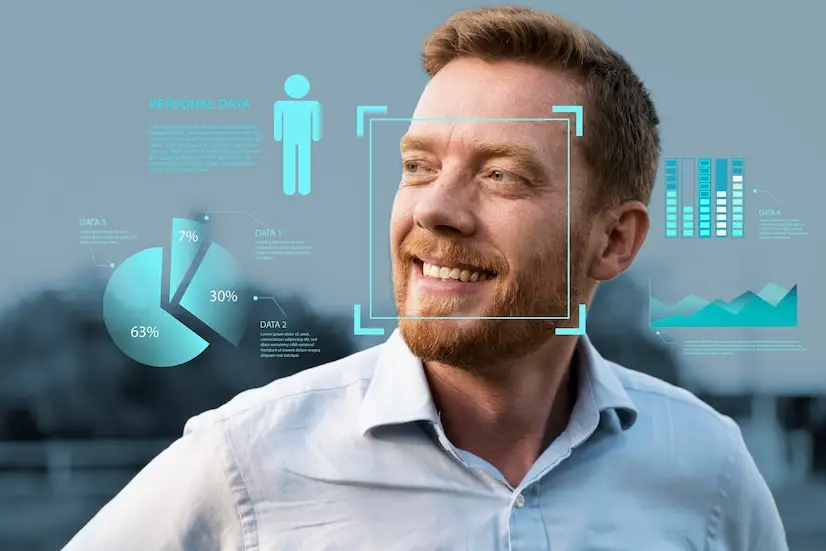
Unlock your device with facial recognition technology, exemplified by Apple’s Face ID and Windows Hello, enhancing security and convenience. It provides seamless authentication prioritizing user convenience without compromising device security, ensuring a hassle-free unlocking experience.
2. Email Management

Gmail categorizes emails and offers quick replies, streamlining inbox organization. It automatically sorts emails into relevant categories, providing pre-written responses for efficient correspondence management, saving time, and improving communication efficiency.
3. Entertainment & Social Media

Facebook suggests friends, Netflix recommends shows, leveraging AI to enhance user engagement. By analyzing preferences, it tailors personalized recommendations, boosting satisfaction and interaction, making social media experiences more enjoyable and tailored to individual interests.
4. Navigation Apps
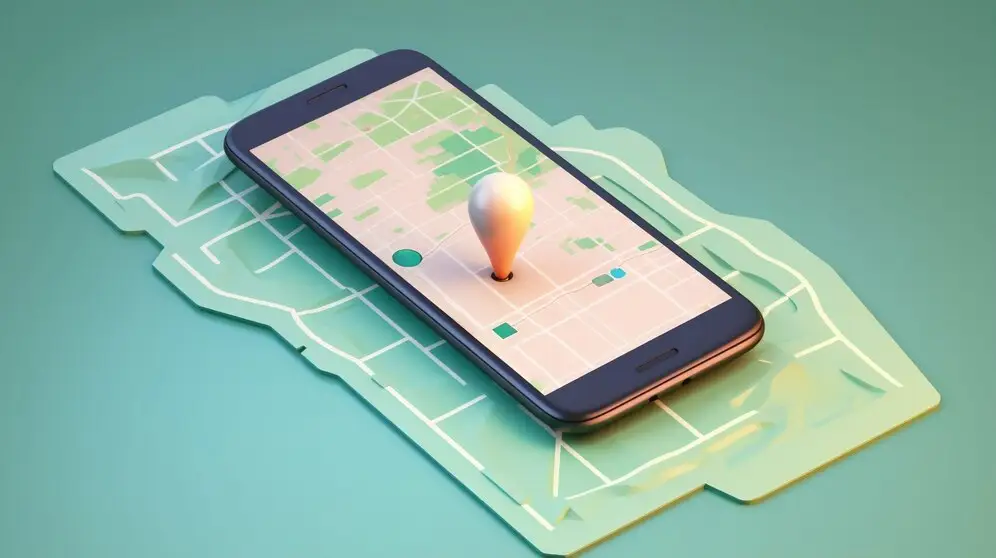
Google Maps predicts commute times, and offers alternative routes, optimizing travel efficiency. Leveraging real-time traffic data and machine learning, it provides accurate navigation assistance, ensuring timely arrivals and minimizing travel disruptions.
5. Ride-sharing Apps
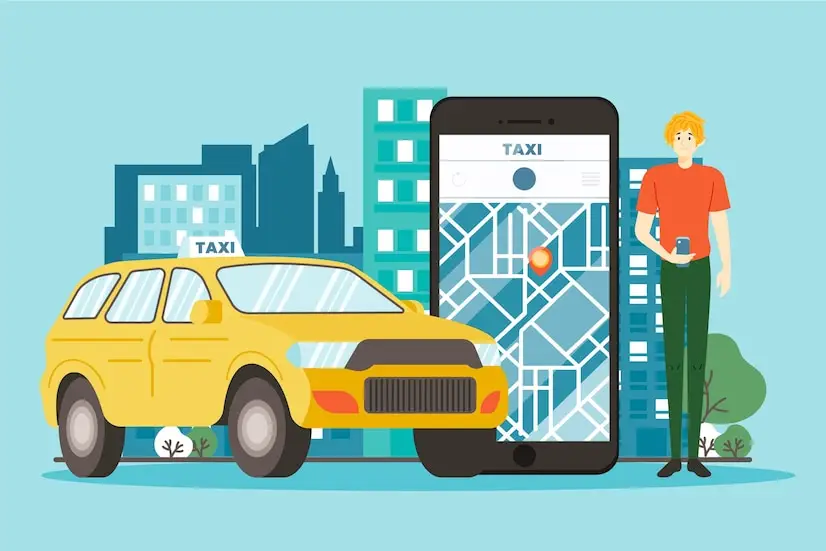
Uber & Lyft employ AI for route optimization, and pricing, ensuring seamless transportation. By adjusting routes and fares based on real-time traffic conditions and demand, they provide efficient and cost-effective travel experiences.
6. Self-Driving Cars
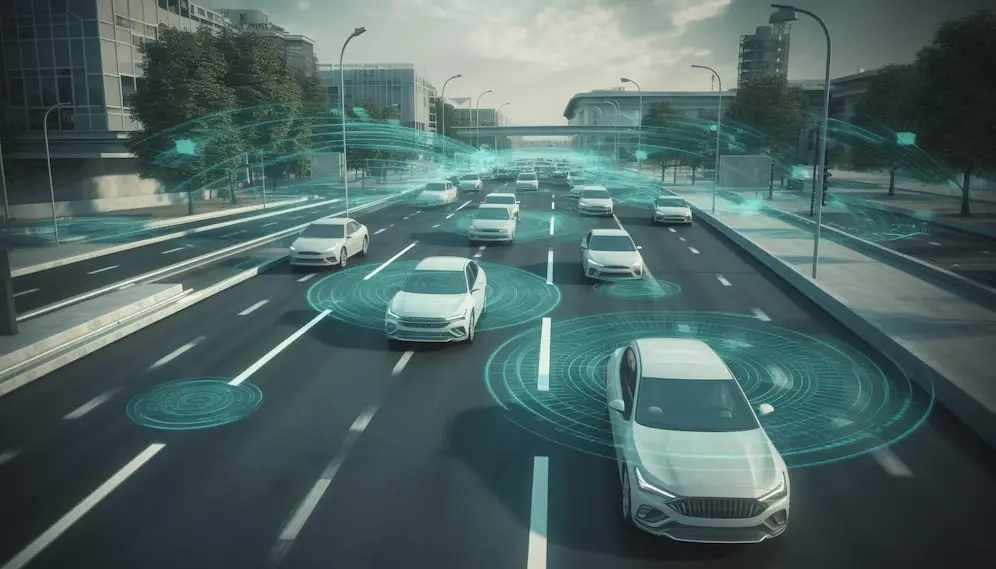
AI powers autonomous vehicles, revolutionizing transportation with safety and efficiency. Companies like Waymo and Tesla lead this transformation, providing safer and more efficient mobility solutions, and reshaping the future of commuting and travel.
7. Banking & Finance

AI enhances fraud detection, and mobile banking, improving security and convenience. By detecting suspicious activities and offering personalized financial services through mobile apps, it ensures a secure and user-friendly banking experience.
8. Predictive Search Algorithms
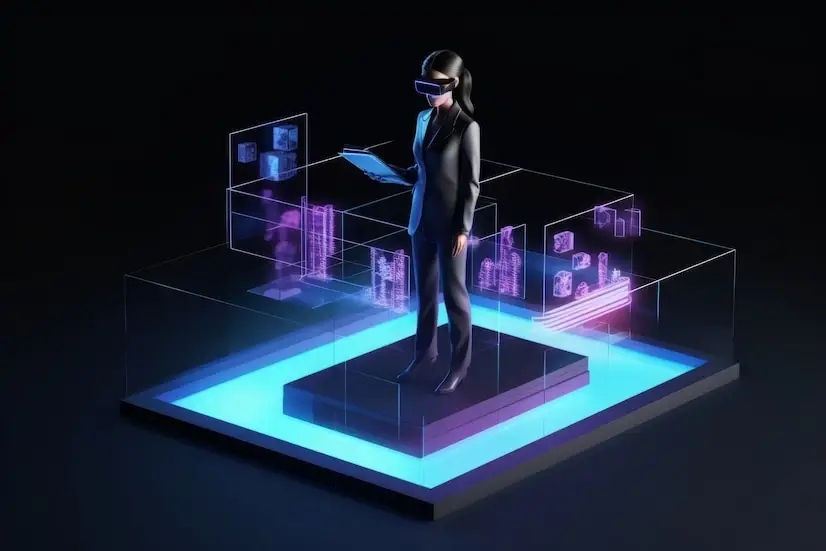
Google’s RankBrain predicts search queries, delivering relevant results efficiently. Analyzing user search patterns and preferences, provides accurate and personalized search results, enhancing the search experience.
9. E-commerce

Amazon improves the buying experience by making product recommendations based on previous purchases. Utilizing AI algorithms, it suggests relevant products, personalizing the browsing and purchasing journey for users, and improving satisfaction and efficiency.
10. Healthcare

AI supports medical imaging, robot-assisted surgery, diagnosis, and treatment. It improves patient outcomes, and healthcare delivery efficiency by providing accurate medical insights and interventions, transforming the healthcare landscape.
11. Speech Recognition
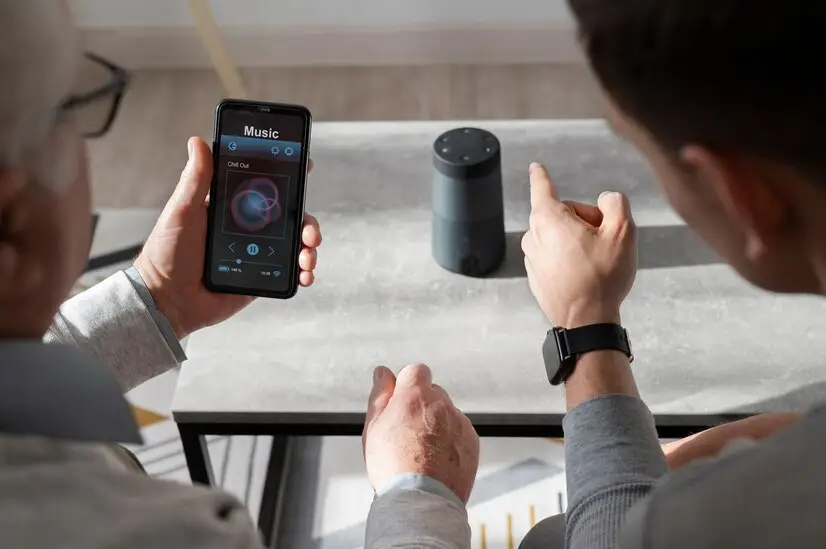
Voice assistants convert speech to text, enabling natural communication. Facilitating hands-free interaction, they enhance accessibility across devices and applications, simplifying tasks and improving user experience.
12. Video Games

AI provides challenging gameplay experiences, enhancing immersion and satisfaction. By adjusting game difficulty and behavior, it matches player skill levels and preferences, creating engaging gaming experiences.
13. Personal Assistants

Siri and Alexa assist with tasks, provide personalized responses, and simplify routines. Offering voice-activated assistance, they help with reminders, schedules, and queries, making daily tasks more manageable and efficient.
By integrating the term “AI software developers” into this context, you can highlight the pivotal role these professionals play in creating and enhancing personal assistant technologies, thereby enhancing the relevance and searchability of your content.
14. Language Translation

Google Translate breaks down communication barriers, providing instant translations. Enabling seamless communication across languages facilitates cross-cultural interactions and collaboration, promoting global connectivity.
15. Weather Forecasting
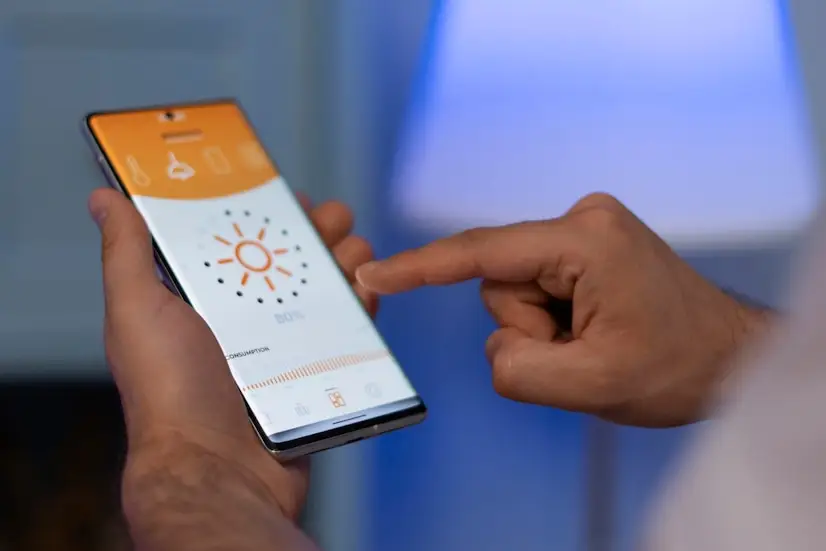
AI improves weather predictions, aiding disaster preparedness. Providing reliable forecasts and early warnings, helps communities prepare for severe weather events, minimizing risks and damages.
16. Cybersecurity

AI detects, and mitigates security threats, safeguarding sensitive information. Continuously monitoring network activities, identifying potential breaches or malicious activities, and ensuring data and system security.
17. Virtual Reality (VR) & Augmented Reality (AR)
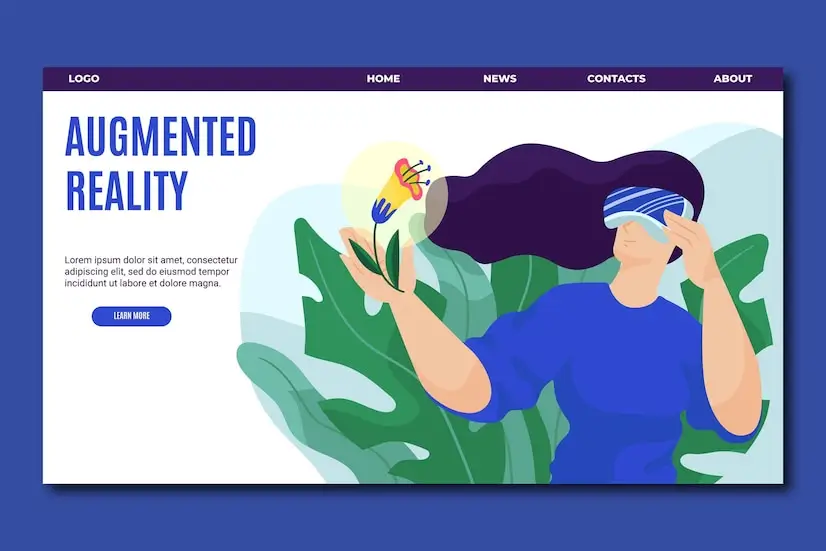
AI enhances immersive experiences, unlocking new possibilities. It offers immersive gaming and training experiences by blending the virtual and real worlds together with realistic simulations and interactive information.
18. Robotics
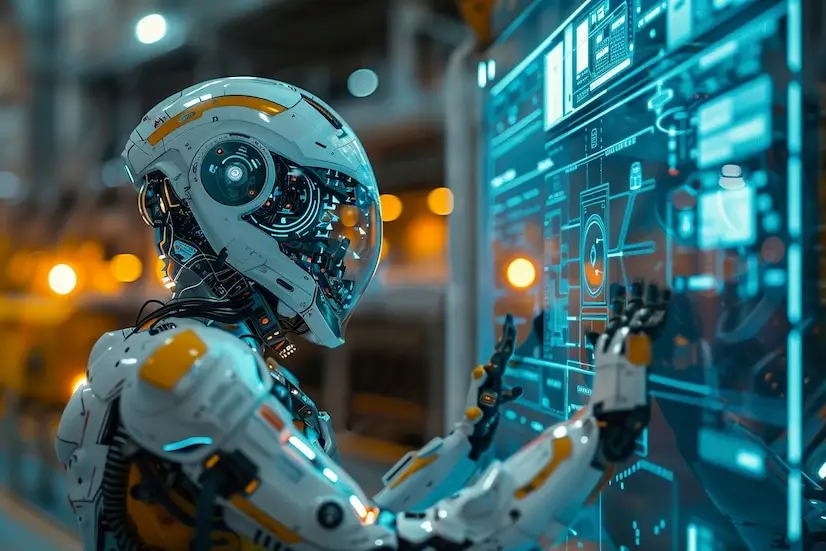
AI-powered robots perform tasks, increasing efficiency and productivity. Automating repetitive tasks, and adapting to environments, enhance productivity across industries, revolutionizing manufacturing and household chores.
19. Precision Agriculture

Drones monitor crop health, optimizing farming practices. Providing real-time data, and insights, improves decision-making, resource allocation, and food production efficiency.
20. Language Processing

AI understands, and generates human language, enabling effective communication. Powering chatbots, and virtual assistants, enhances customer service, user experience, and communication efficiency.
21. Energy Management
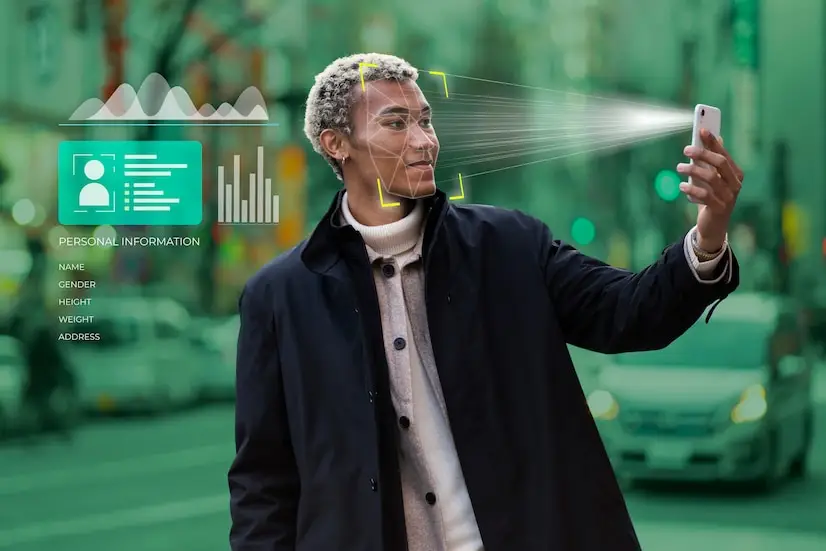
AI optimizes energy consumption, reducing costs, and environmental impact. Through predictive analytics and smart energy solutions, it balances supply, and demand, promoting sustainability and efficiency.
22. Remote Sensing
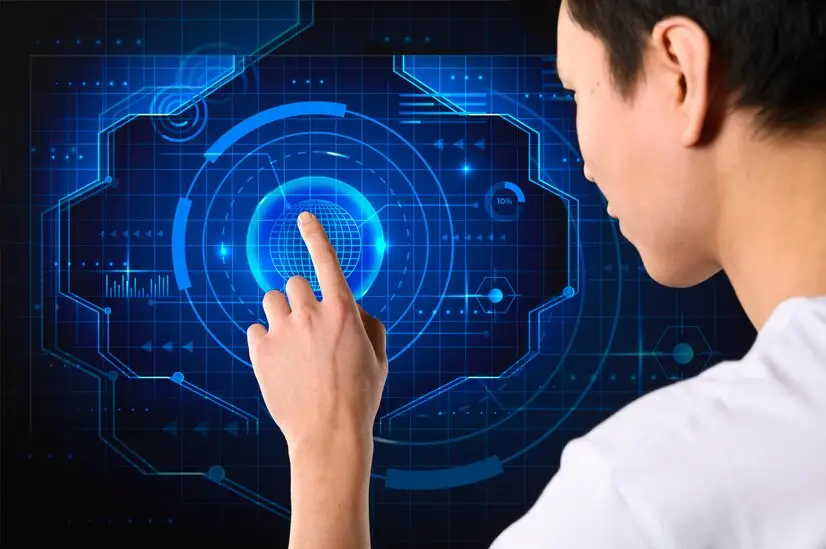
AI analyzes satellite imagery for environmental monitoring. Providing insights, it aids decision-making, and disaster response, ensuring timely and accurate environmental assessments.
23. Social Media Analysis
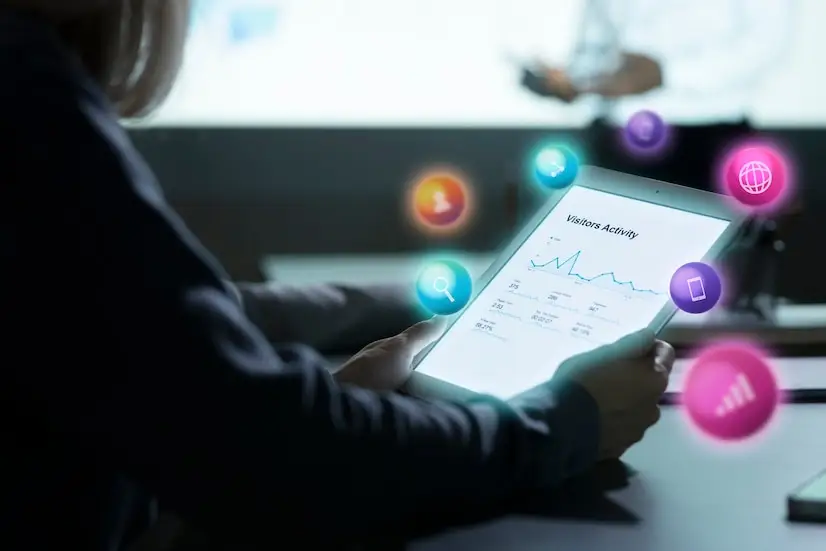
AI extracts insights from social media data, informing strategies, and content creation. By analyzing user behavior, and preferences, it identifies trends, and opportunities for engagement, improving marketing effectiveness.
24. Job Recruitment

AI screens resume, identifies top talent, and streamlines hiring. Automatically filtering, and ranking candidates, improves recruitment efficiency, ensuring the selection of qualified candidates for roles.
25. Music Composition
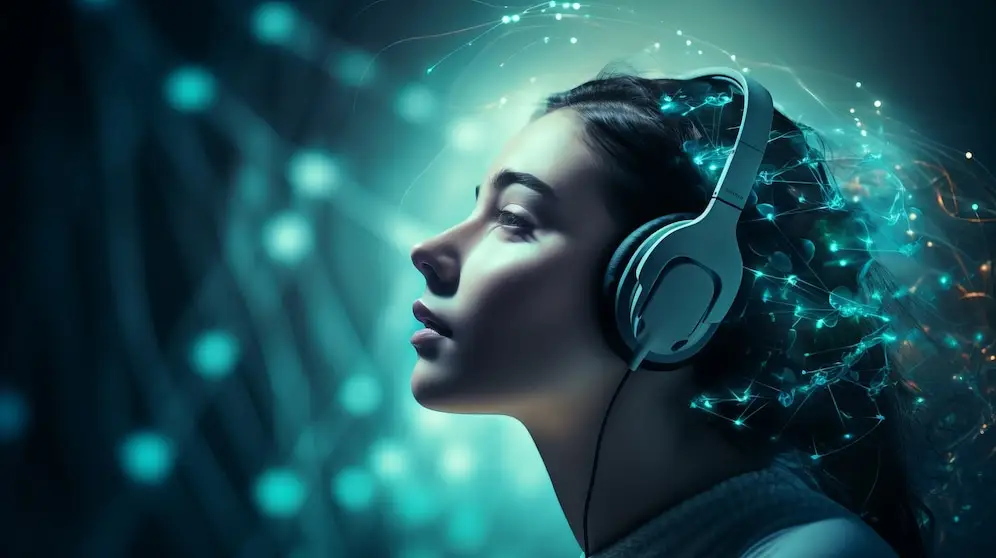
AI generates music compositions, expanding creative possibilities. Providing algorithmically generated melodies, and harmonies, it inspires new musical ideas, and compositions, enhancing artistic expression.
26. Emotion Recognition
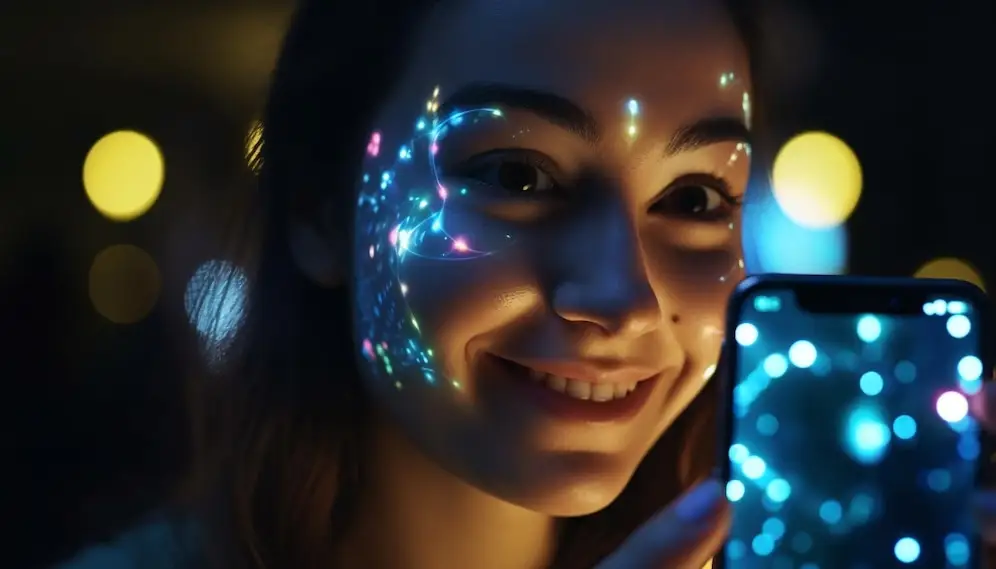
AI interprets human emotions, facilitating interactions. Responding empathetically to users’ emotional states, enables personalized interactions, improving user experience and engagement.
27. Personal Finance Management
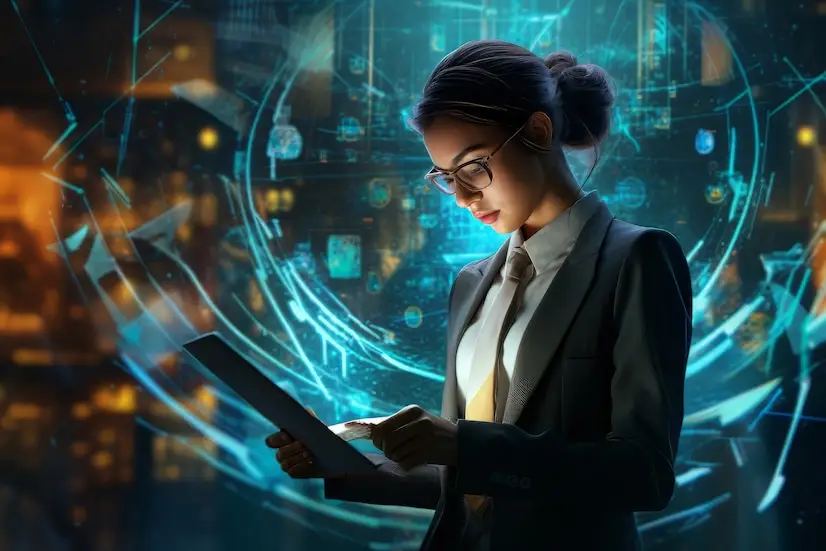
AI tracks expenses, provides financial advice, promoting well-being. Offering personalized insights, and recommendations for budgeting, saving, and investing, it fosters financial literacy and stability.
28. Supply Chain Optimization
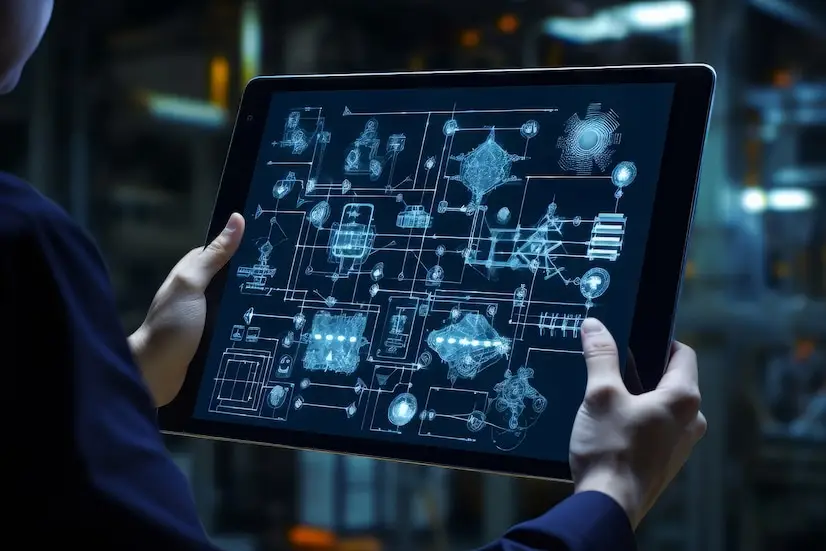
AI forecasts demand, and manages inventory, reducing costs. Supply chain processes are optimized to increase productivity, guarantee on-time delivery, and satisfy customers.
29. Real-Time Language Translation
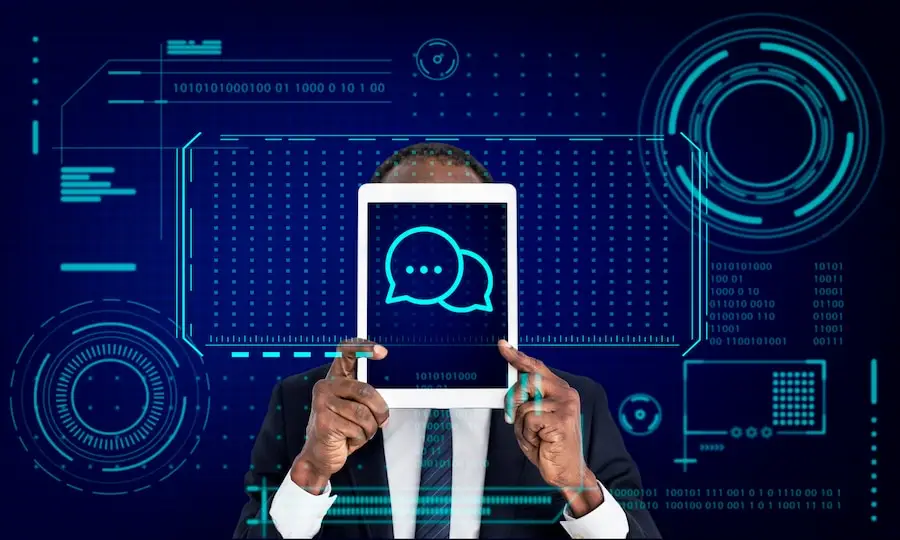
AI translates conversations, enabling seamless communication. With instant translation capabilities, it facilitates cross-cultural interactions, and collaboration, promoting global connectivity and understanding.
30. Gesture Recognition
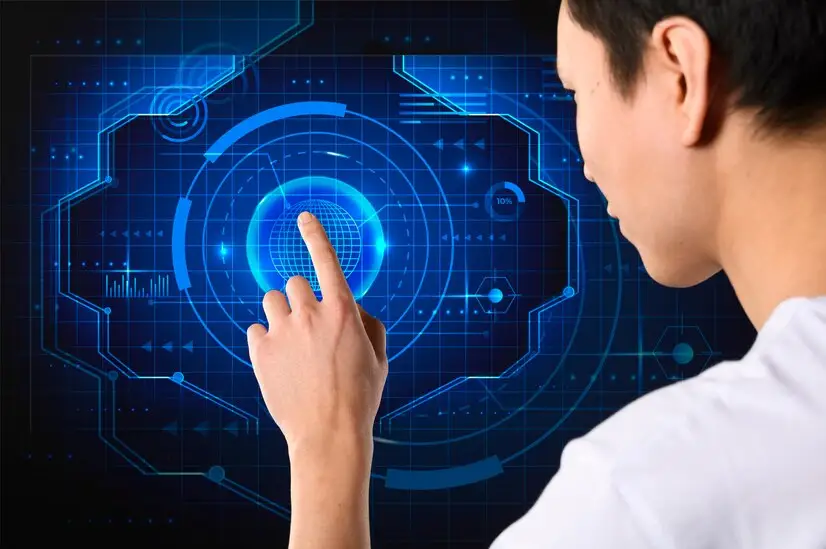
AI interprets gestures, enhancing interaction. Enabling intuitive input methods in applications like gaming, and virtual reality, improves user interaction, immersion, and accessibility.
31. Criminal Justice Reform

AI identifies biases, promoting fairness in sentencing. By analyzing data, identifying patterns of bias, and discrimination, supports fairness, and equity in the justice system.
32. Personalized Marketing

AI marketing tools create targeted campaigns, enhancing engagement and conversion rates. By analyzing customer data and preferences, these tools deliver personalized content and offers, significantly improving marketing effectiveness and customer satisfaction.
33. Environmental Monitoring

AI tracks environmental parameters, supporting conservation efforts. By offering information for tracking, resource management, and insights, it encourages environmental preservation and sustainability.
34. Natural Disaster Prediction

AI predicts disasters, enabling proactive measures, and preparedness. Through the process of data analysis and pattern recognition, risks are reduced and community safety and resilience are ensured.
35. Health Monitoring Wearables
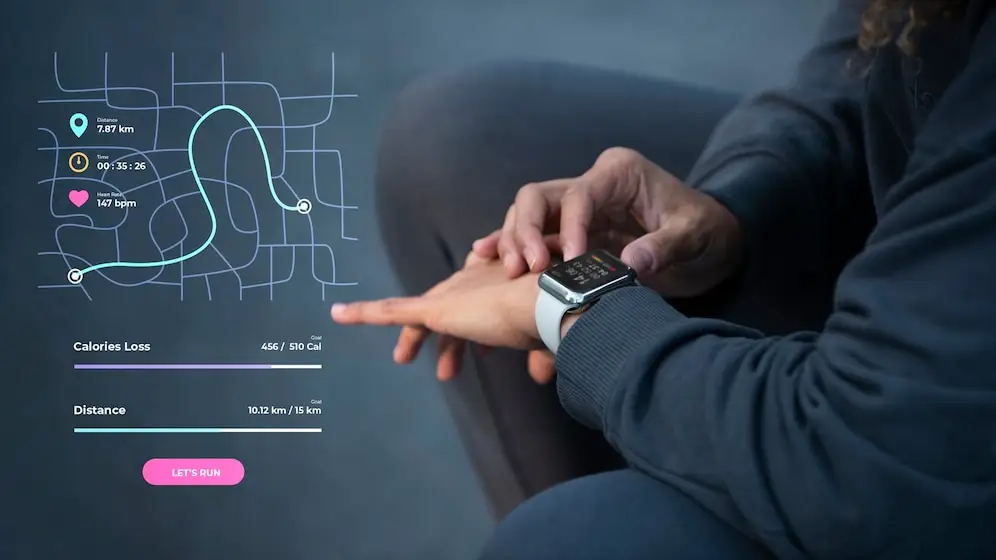
AI-powered devices track biometric data, empowering users. By providing ongoing observation and tailored analysis, they encourage proactive health care and overall well-being.
36. Autonomous Underwater Vehicles (AUVs)

AI enables the exploration and mapping of underwater environments. Providing autonomous navigation, and data collection, they support scientific research and environmental monitoring.
37. Personalized Fitness Coaching
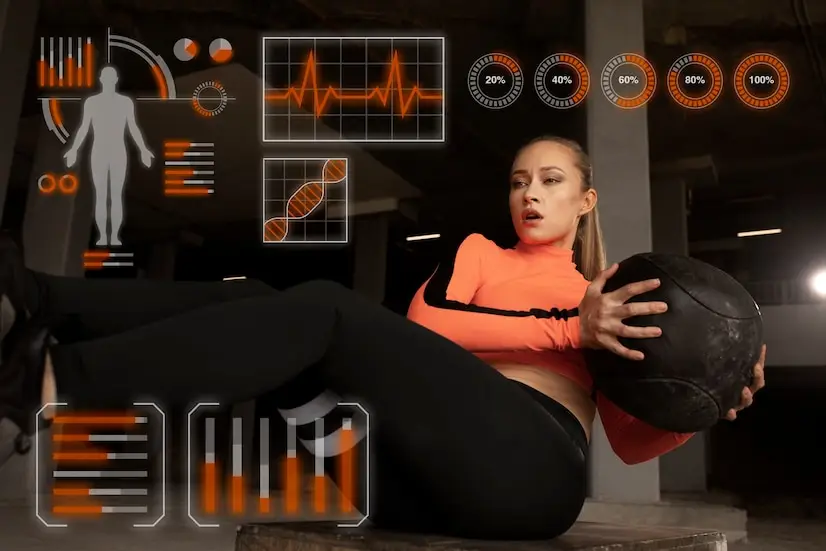
AI analyzes biometric data, providing tailored fitness plans. By considering individual health profiles, and preferences, it promotes physical well-being and motivation for exercise.
38. Augmented Healthcare Consultations

AI facilitates virtual consultations and treatment recommendations. Facilitating remote monitoring and diagnosis enhances patient outcomes and accessibility to healthcare services.
39. Smart Home Security Systems
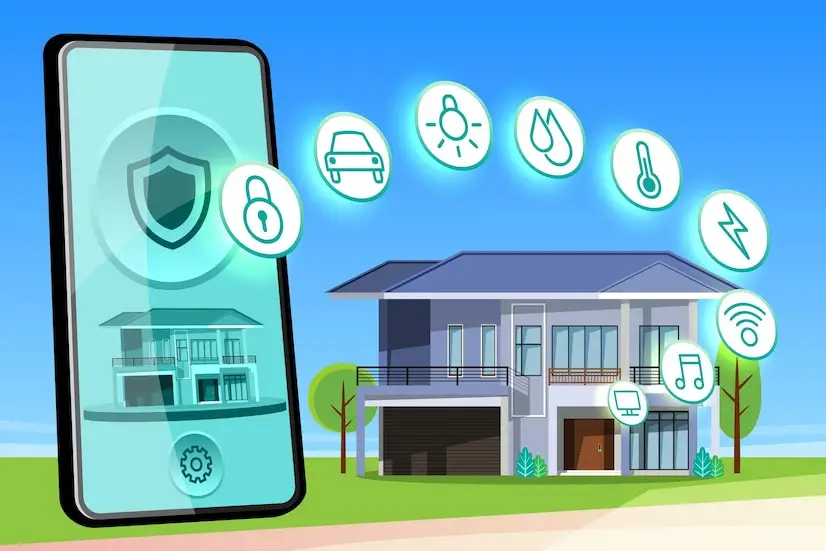
By adopting advanced detection capabilities, AI-driven home security systems offer unparalleled peace of mind. Through real-time analysis of video feeds and intrusion detection algorithms, they promptly alert homeowners to potential threats, bolstering safety. With AI at the helm, these systems provide proactive defense, empowering homeowners with confidence in the security of their residences.
40. Autonomous Delivery Vehicles
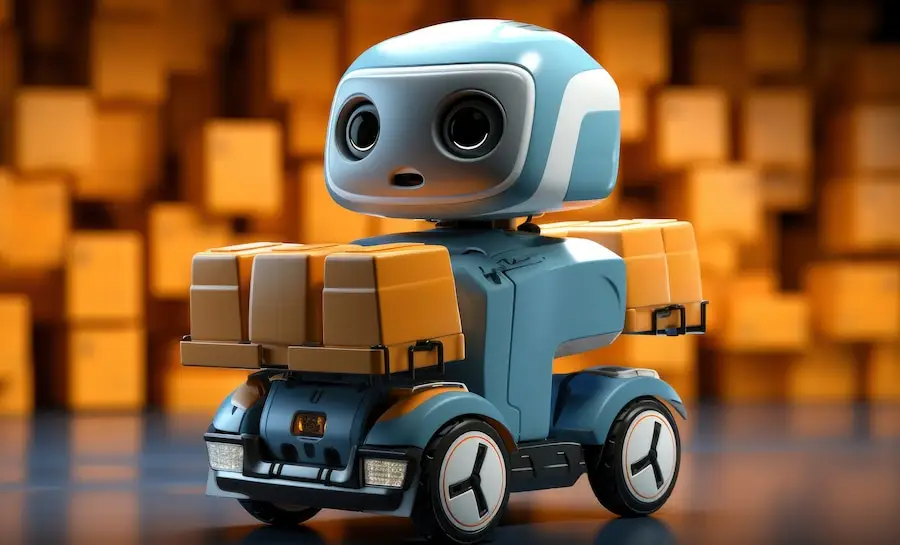
AI-driven drones and robots are reshaping logistics by revolutionizing package delivery. These technologies enable autonomous navigation and delivery, optimizing the last-mile process for swift and reliable service. Their integration ensures efficient delivery operations, promising timely and effective fulfillment of customer needs.

